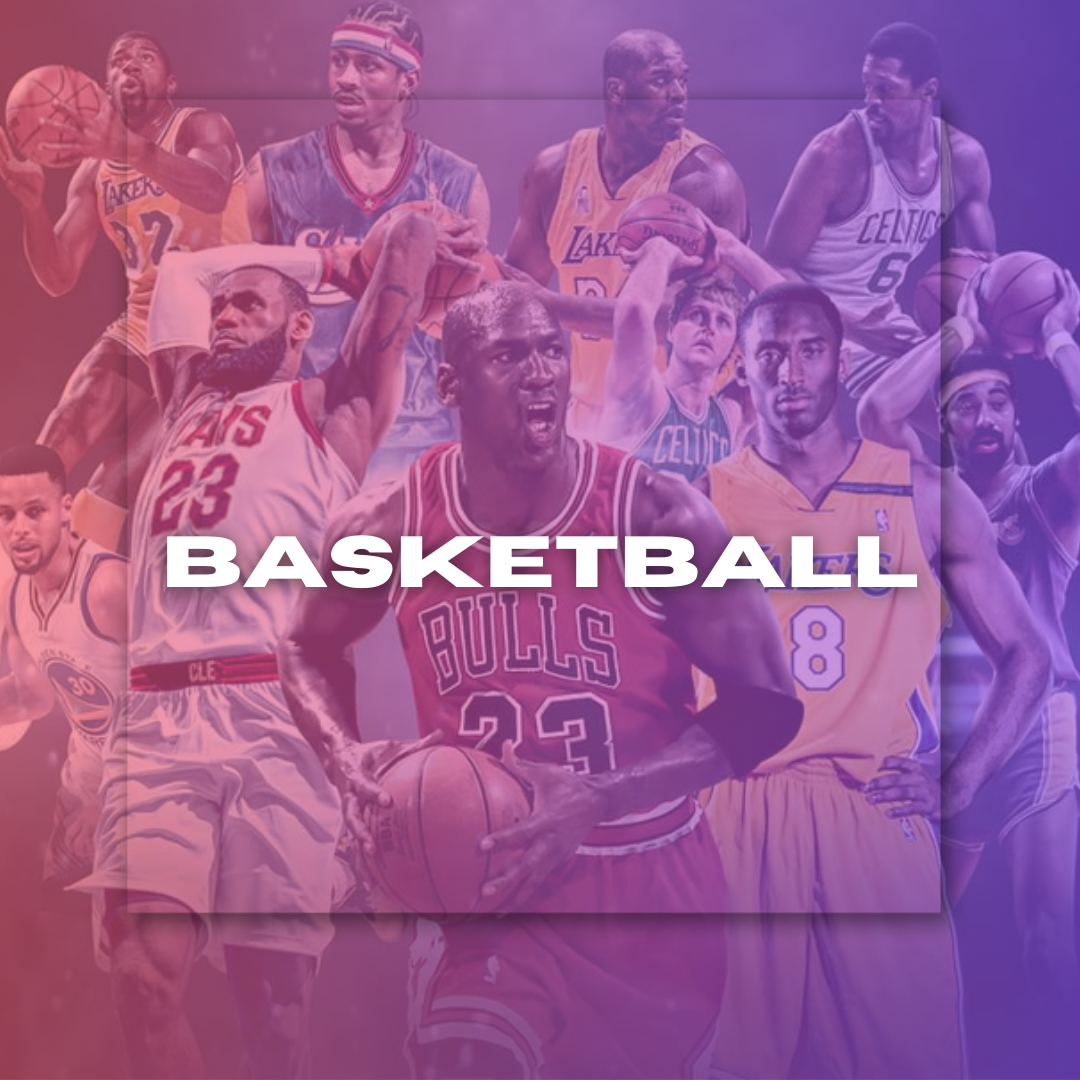
Top Sports Card Grading Companies See Record Demand Amid Market Surge
By Jason Bolton June 27, 2025 07:18
The sports card grading industry is experiencing unprecedented growth in 2025, fueled by a booming collectibles market and heightened investor interest. Recent data reveal that grading companies are handling record volumes of cards, reflecting both the hobby’s expanding popularity and the increasing importance of authenticated, high-grade cards in driving value.
According to Cardlines’ May 2025 report, the industry graded over 2.4 million cards that month alone a 14% increase from April and a staggering 36% jump compared to May 2024. This marks the fourth consecutive month of new highs, underscoring sustained momentum in the grading sector. While trading card games (TCG) like Pokémon dominate volume, sports cards, particularly football and basketball, are also seeing solid growth, with football submissions up 13% and basketball up 6% in May.
Professional Sports Authenticator (PSA) remains the dominant player, grading 1.44 million cards in February 2025, an 11% increase from January and 17% year-over-year growth. PSA’s surge is largely driven by Pokémon cards, which accounted for half of their grading submissions that month, though baseball and basketball cards saw a slight decline. Certified Guaranty Company (CGC) has emerged as the second-largest grader, grading 287,000 cards in February a 75% increase year-over-year primarily due to their strong presence in TCG grading. Meanwhile, Sportscard Guaranty Corporation (SGC) and Beckett Grading Services (BGS) have seen declines in grading volume, with Beckett’s activity dropping 17% from January and 19% year-over-year, signaling a shift in market dynamics.
The global card grading services market was valued at approximately $196 million in 2023 and is projected to nearly double to $366 million by 2030, growing at a compound annual growth rate (CAGR) of 8.4%. This robust growth is driven by rising demand for authenticated collectibles, increased awareness of grading’s role in preserving card value, and the expanding global collector base.
Industry experts emphasize that grading has evolved from a casual protective measure to a strategic investment tool. As Sports Illustrated’s Hobby U notes, “In 2025, grading is a different game. It’s more selective. It’s more calculated. If you’re still grading like it’s 2020, you run the risk of bleeding money away.” The rising grading fees and longer turnaround times necessitate a more discerning approach, focusing on cards with strong resale potential and rarity.
Collector behavior also reflects this shift. Google Trends data indicate sustained interest in “graded sports cards” and “investment sports cards,” highlighting the hobby’s maturation into a serious asset class. Additionally, the market is seeing a preference for singles over breaks, signaling a move toward targeted collecting and investing rather than speculative pack openings.
The surge in grading volume and market valuation is not without challenges. Turnaround times remain a bottleneck as companies struggle to keep up with demand, and grading fees have increased, impacting smaller collectors. However, the industry’s growth trajectory suggests these issues will be addressed through technological improvements and capacity expansion.
In summary, the sports card grading industry in 2025 is riding a historic wave of demand, driven by a booming collectibles market and evolving collector sophistication. PSA and CGC lead the charge with record submissions, while the overall market is poised for continued expansion. As grading becomes increasingly integral to card valuation, collectors and investors must adapt their strategies to navigate this dynamic landscape.


































































